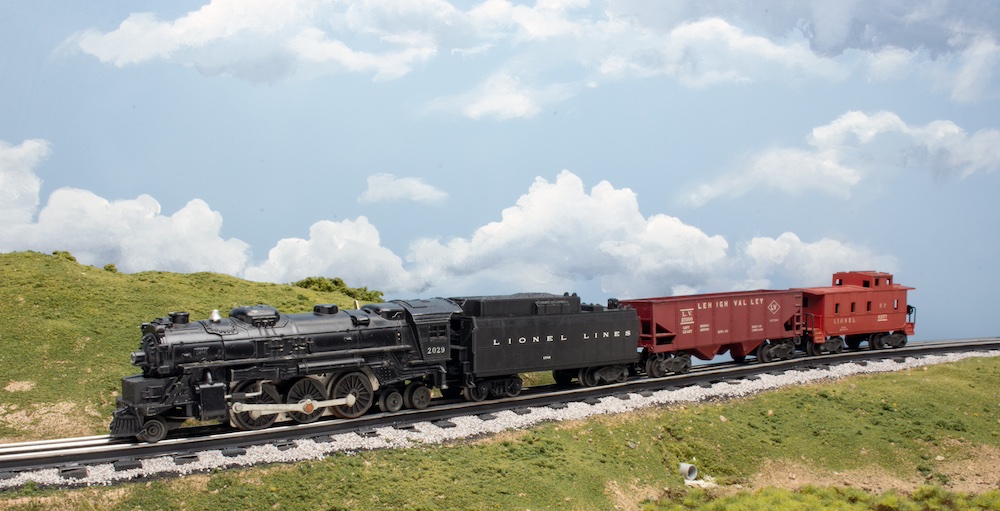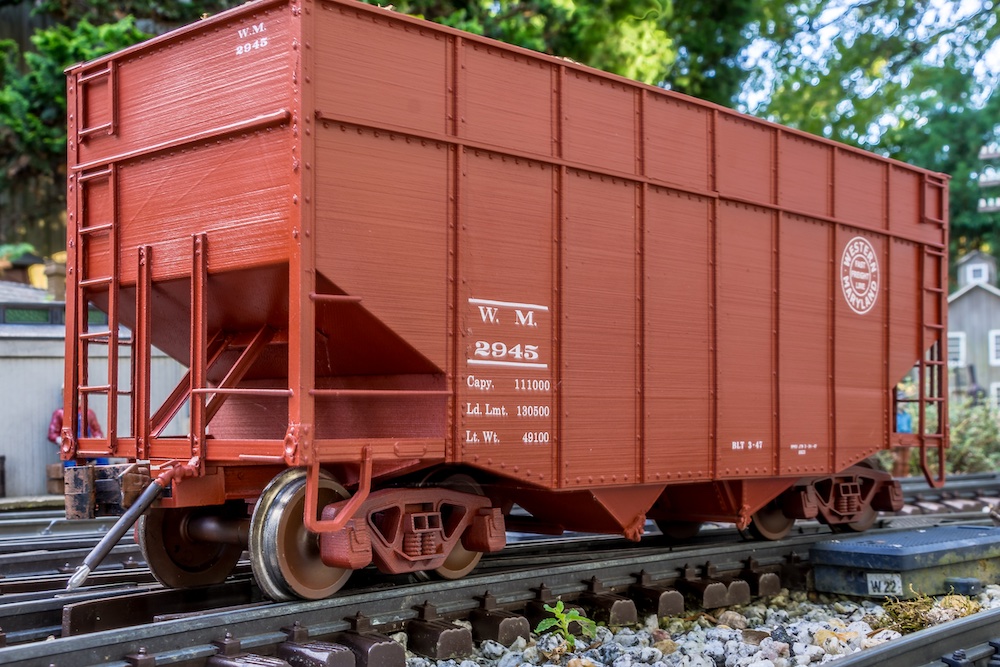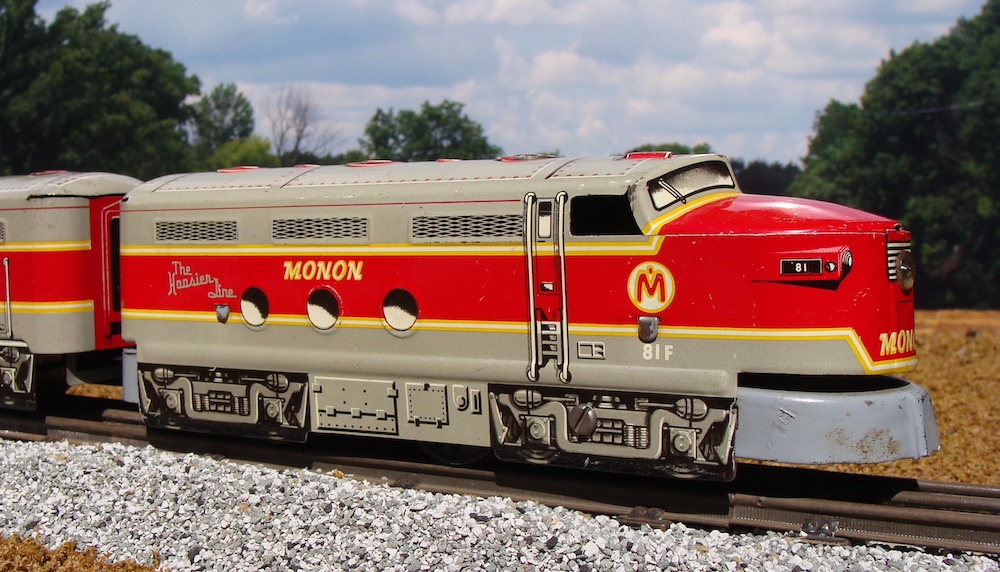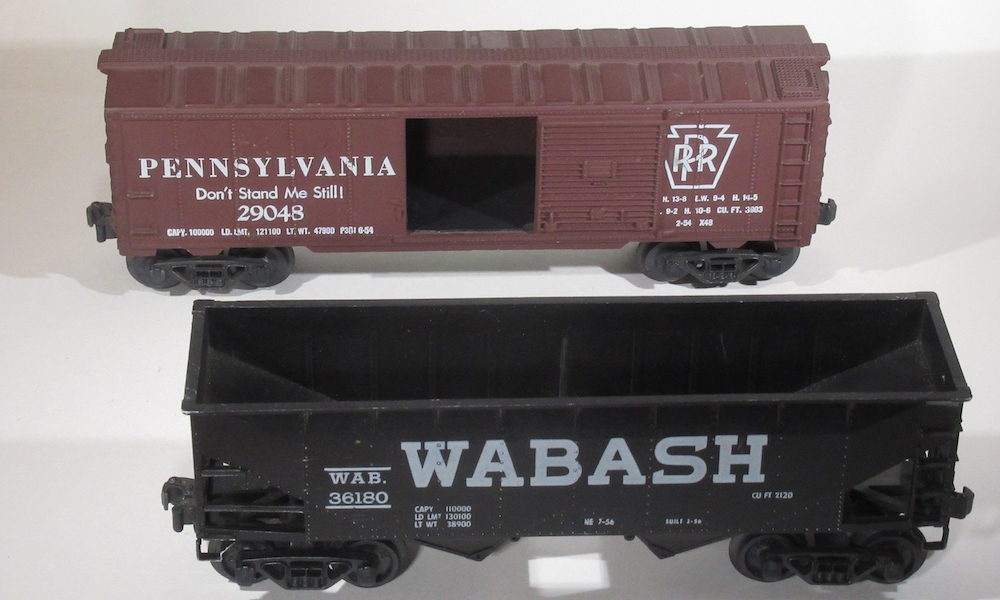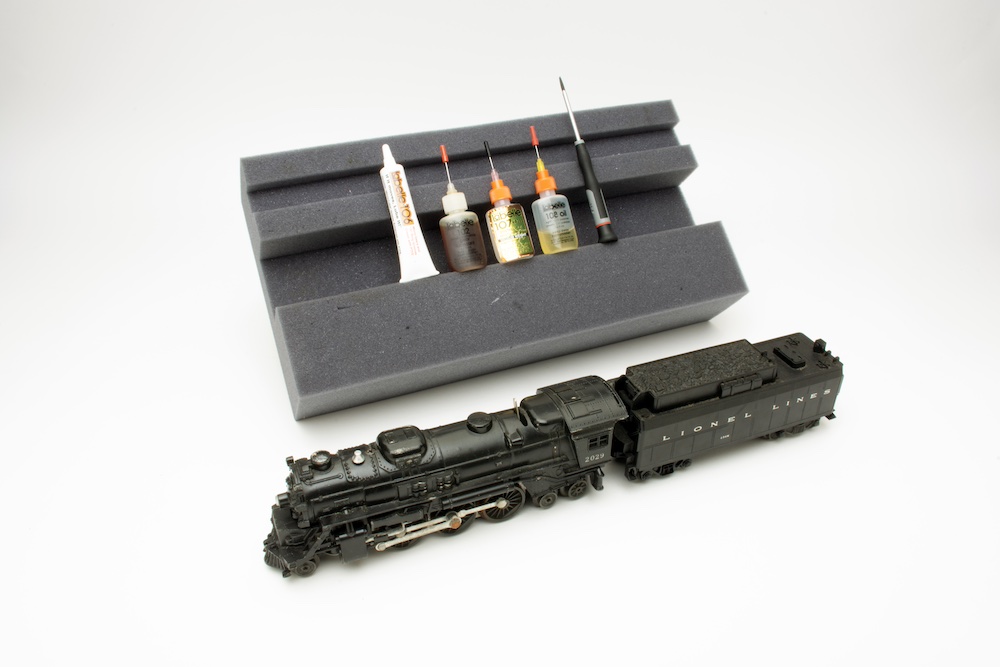
“Less is more,” as the saying goes from the article, How to lubricate your O and S gauge trains. The same applies to regularly lubricating postwar equipment that has stood the test of time. For steam locomotives, that means regular oiling and greasing.
Some disassembly required
In Classic Toy Trains’ January 2019 issue, Joseph L. Mania recommends oiling the ends of the motor’s armature shaft. This will require removing the body from the chassis to gain access. The author heeds caution in keeping both the brushes and commutators clean of any oil and grease during this process.
Axles
The obvious components of lubricating any O gauge locomotives revolve around the wheels’ bearings and axles. And I mean for all the wheels: Drivers, engine, trailing and tender trucks. Keep in mind the different placements of the bearing boxes along each axle before sparingly applying the light oil. Labelle Lubricants’ Nos. 107 and 108 with needle applicators will get the job done and are available separately or in kits.
The mileage may vary when lubricating the brackets’ pivots on the pickup rollers. This can be in part due to the general rule of keeping the rollers themselves oil-free. If lubrication is needed due to stiffness within the pickup rollers, take great care when applying oil to the pivots.
Running and valve gears
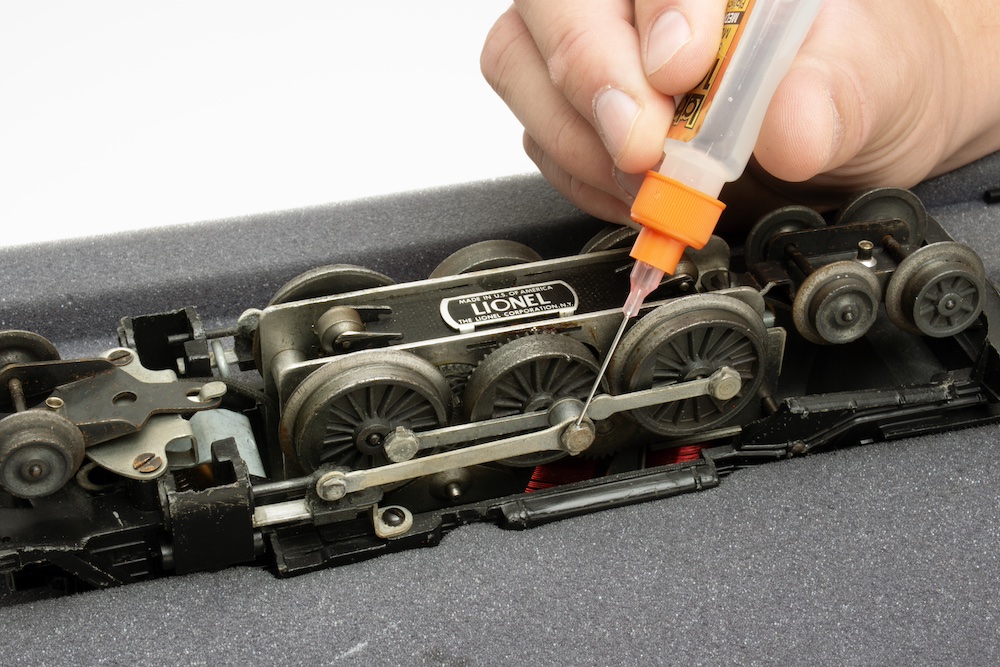
The Labelle light oils can then be used for both the running and valve gears, and is highly recommended to prevent debris from finding its way into the constantly rotating parts. For every pin and screw connecting rods and linkages, apply the oil in the tiniest drops possible.
Greasing gears
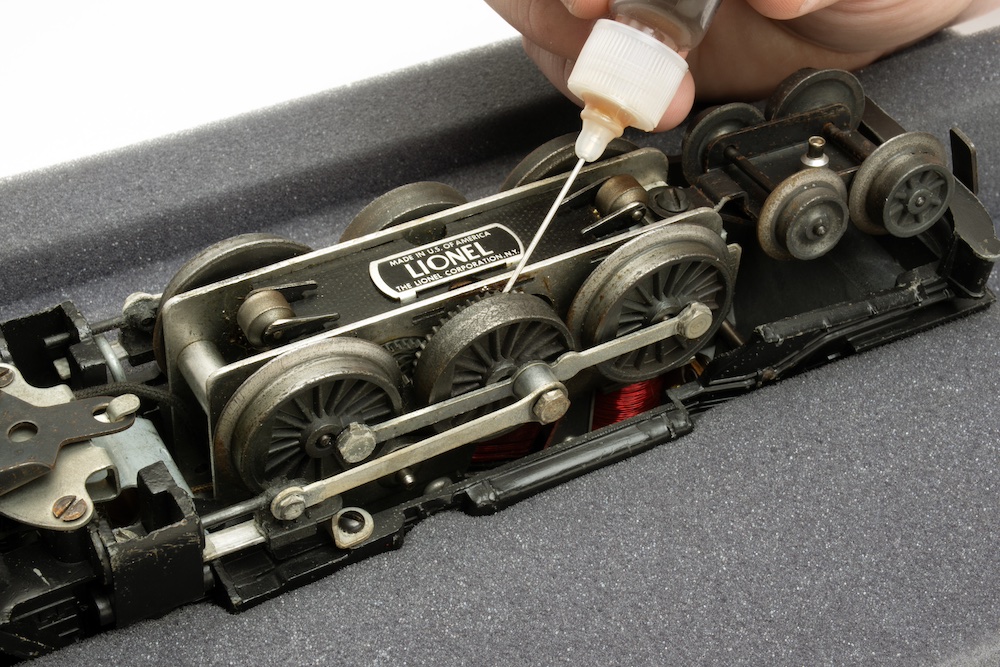
The exposed gears are normally found running along one side of the locomotive’s chassis, tucked in-between the drivers and frame. Options can vary in regards to either using a light gear lubricant (Labelle No. 102) or micro gear grease with PTFE (No. 106). From experience, the former is the preferable choice in preventing debris build-up while saving the latter for the more concealed components. Regardless of what you use, remember that less is more when applying.
Taking the locomotive for a spin
Rotating the wheels afterwards will go a long way in equally distributing all the applied oil and grease. Keep in mind that certain models might have wheels that can’t be turned by hand, but instead will need track power and operate slowly. Making a habit in performing the lubrication just before an operating session can help further the distribution throughout the moving components. Of course, regularly lubricating your O gauge postwar steam locomotives can help further a runner’s reliability and longevity.
